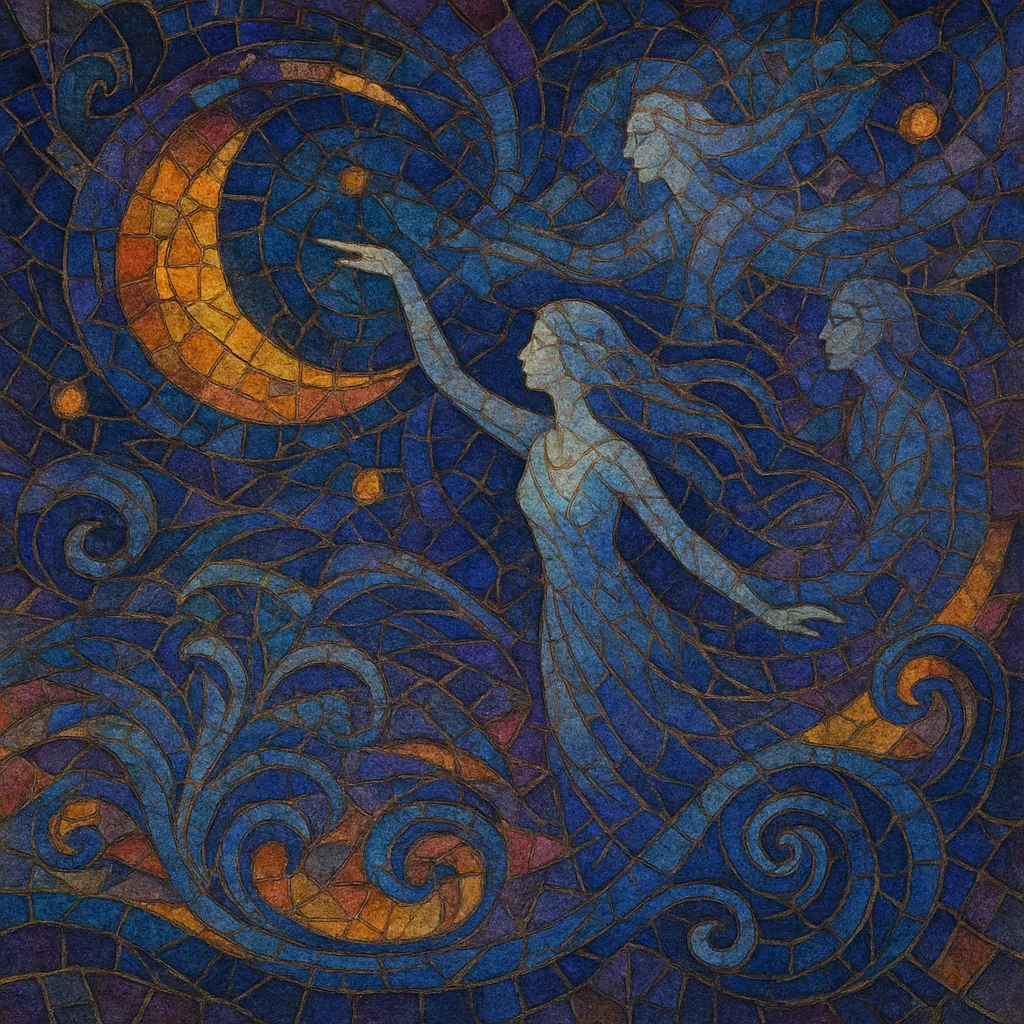Fantasia (or fantasy/fantasie) is a classical composition type defined by an improvisatory character, flexible form, and the free development of one or more motives. Unlike strict dance forms or fugues, a fantasia typically privileges invention, dramatic contrast, and rhapsodic flow over predetermined structures.
Emerging in the Renaissance with vihuela, lute, viol consort, and keyboard repertories, the fantasia evolved through the Baroque (notably on harpsichord and organ) and was later adopted by Classical and Romantic composers for piano and orchestra. Across eras, common threads include sectional design, sudden textural changes, imitative counterpoint, and exploration of harmony from modal to chromatic languages.
The fantasia arose in the 16th century as a written counterpart to improvisation. Spanish vihuela composers such as Luis de Milán and Luys de Narváez printed some of the earliest “fantasía” collections, while English and Italian lutenists and consort-composers (e.g., John Dowland, William Byrd, Orlando Gibbons) cultivated instrumental fantasias featuring imitative counterpoint and sectional freedom. In England, the viol-consort fantasia became a hallmark genre, balancing learned counterpoint with imaginative, non-dance structures.
In the 17th century, keyboard schools in the Low Countries and Germany (e.g., Sweelinck, Froberger, Buxtehude, and later J. S. Bach) transformed the fantasia into a vehicle for virtuosic passagework, chromatic exploration, and rhetorical contrasts. Works like Bach’s Chromatic Fantasia and Fugue epitomize the pairing of free, rhapsodic fantasia with stricter imitative writing.
The term persisted as a signifier of formal freedom and expressive breadth. Mozart’s Fantasia in D minor (K. 397) exemplifies a sectional, recitative-like piano style. In the 19th century, the fantasia/fantasy became a canvas for thematic transformation and large-scale form (e.g., Schubert’s Wanderer Fantasy; Schumann’s Fantasie in C; Chopin’s Fantaisie in F minor; Liszt’s fantasy-and-fugue structures).
Composers reimagined the fantasia for modern ensembles, often with historical resonance. Ralph Vaughan Williams’s Fantasia on a Theme by Thomas Tallis and Fantasia on Greensleeves connect Renaissance modality and string sonority to 20th-century orchestral color. The word continues to signal an open, rhapsodic approach across chamber, keyboard, and orchestral works.


